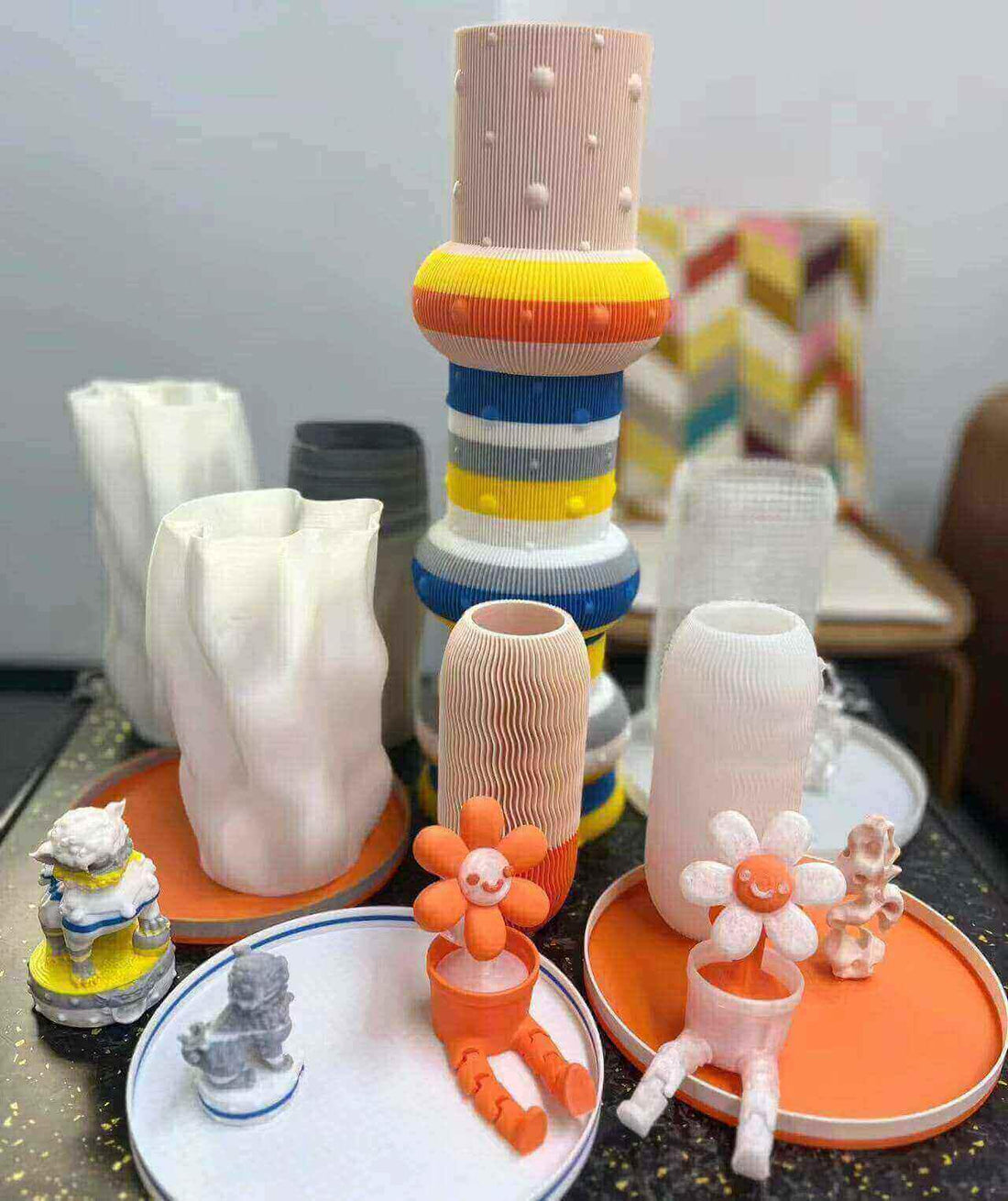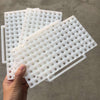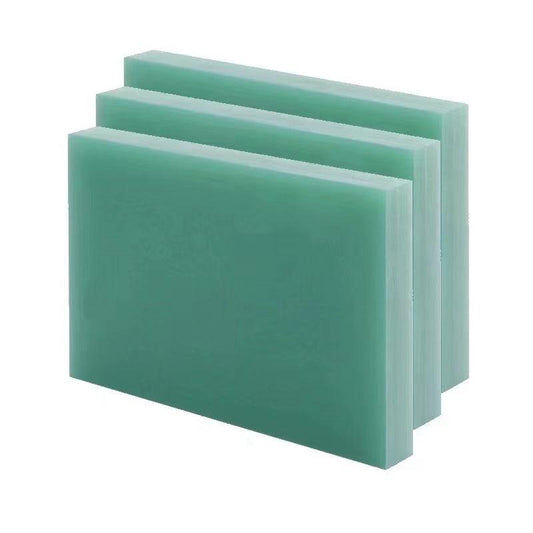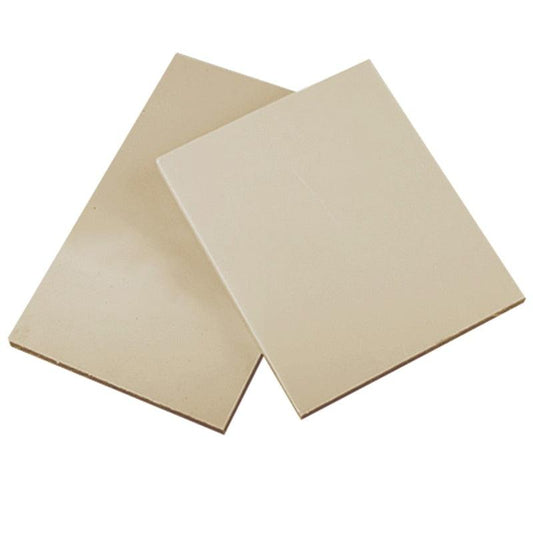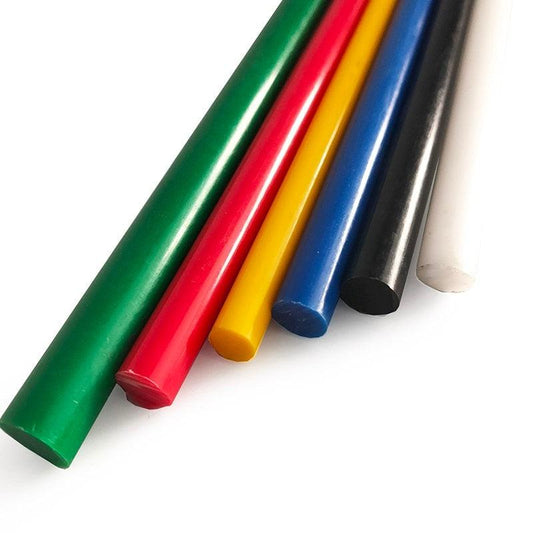Welcome to my blog! In this post, we'll explore using HDPE (High-Density Polyethylene) as a 3D printing filament option.
3D printing has exploded in popularity in recent years, with FFF/FDM extrusion printers now affordable for home use. But most consumer printers have focused on printing with PLA filament. PLA is easy to print with, but it has some limitations in terms of durability and flexibility.
That's where HDPE filament comes in. HDPE can be an excellent material for 3D printing sturdy, long-lasting prints.
🎉🎉🎉Limited Time Offer Use code: QR4GNY08SHVR at checkout and enjoy a special discount on your entire order! 👉 HDPE plastic

What is HDPE Filament?
HDPE stands for High-Density Polyethylene. It is a durable, flexible plastic that is used to make many common household items like milk jugs, shampoo bottles, plastic bags and furniture.
HDPE filament utilizes the same types of HDPE pellets and resins to create a 3D printer filament optimized for FDM/FFF printing. Compared to materials like PLA and ABS, HDPE offers superior:
- Strength and durability
- Flexibility
- Moisture resistance
These properties make HDPE an ideal material for printing functional parts and outdoor objects that need to withstand the elements.

Benefits of HDPE Filament for 3D Printing
Let's take a closer look at why you may want to choose HDPE filament for your next 3D printing project:
Durability for Functional Parts
HDPE filament can create incredibly strong 3D printed parts. Tensile strength and impact resistance is much higher compared to PLA and PETG.
This durability makes HDPE a great choice for creating functional tools, machine parts, outdoor fixtures, or other objects that will undergo a lot of physical stress and handling. Prints will last much longer than those printed in PLA.
Recyclability
One of the biggest advantages of HDPE is that it can utilize recycled HDPE plastic, like from milk jugs. This gives the material great sustainability and can reduce waste.
Many HDPE filament brands use at least some percentage of recycled HDPE plastic. So by choosing HDPE you help keep plastic out of landfills.
🟦 Looking for High-Quality HDPE Plastic for Your 3D Printing Projects?We stock durable HDPE sheets and rolls perfect for 3D printing prototypes, support structures, and functional parts. 🛒 ✔ In Stock ✔ Multiple Sizes Available ✔ Global Shipping 👇 Click the image below to shop our HDPE plastic materials now! |
Lower Cost
Compared to more exotic filaments like ABS and nylon, HDPE plastic resin is inexpensive. This means brands can offer HDPE filament for lower prices compared to other materials.
A spool of 1kg of HDPE filament generally costs $25-35, significantly cheaper than most engineering-grade materials.
Chemical and Weather Resistance
HDPE has excellent resistance to a wide range of chemicals like paints, oils, and solvents. It is also unaffected by exposure to moisture and water.
This chemical stability makes it perfect for applications like chemical piping, tanks, outdoor planters, or any object that will come into contact with corrosive substances. The weather-resistance ensures your prints won't degrade in the rain.

HDPE vs PLA Filament
How does HDPE filament compare to the most common 3D printing material, PLA filament? Here are some key differences:
- Strength: HDPE is much stronger and more flexible versus the rigid and brittle PLA. HDPE's excellent impact resistance makes it suitable for mechanical parts.
- Temperature Resistance: HDPE maintains its integrity at higher temperatures, while PLA can soften and deform starting at just 140°F. This allows HDPE to be used for hot applications.
- Outdoor Use: HDPE is practically immune to moisture and ultraviolet radiation, allowing it to withstand years outdoors. PLA will degrade quickly in sunlight and absorb moisture.
- Chemical Resistance: HDPE has broad chemical compatibility, while PLA is prone to degradation from exposure to solvents and oils.
For visual prints where cosmetics are important, PLA still has an edge. But for functional applications, HDPE clearly surpasses PLA in durability.
Popular Uses for HDPE Filament
What are some common applications where HDPE filament would be a good choice?
- Outdoor furniture - lawn chairs, tables, etc exposed to sun and rain
- Outdoor enclosures - electrical or utility boxes needing weather resistance
- Vehicle parts - clips, mounts, bumpers to handle vibration and impact
- Tools - durable pliers, clamps, vices able to withstand high loads
- Household items - laundry baskets, garage storage, organization bins
- Toys - play equipment and jungle gyms built to take abuse from kids
- Snap-fit parts - enclosures and assemblies needing flexibility
Essentially, anywhere you need a sturdy but flexible plastic part able to survive being dropped, banged around, or subjected to the elements - HDPE filament is a perfect pick.
Recommended HDPE Filament Brands
If you want to give HDPE 3D printing filament a try, here are some good HDPE filament brands to look for:
IGUS Iglidur Filaments
IGUS specializes in tribological plastics, and they offer a wide range of Iglidur HDPE filaments optimized for 3D printing. Their materials offer excellent wear resistance, low friction, and high impact strength. A great option for moving parts needing low friction.
SAINSMART PRO Series HDPE Filament
SAINSMART PRO Series HDPE filament provides a nice balance of strength, ease of printing, and value. It uses some recycled content in the resin.
Polymaker PolyLite HDPE Filament
Polymaker is known for high-quality engineering filaments. Their PolyLite HDPE filament blends HDPE with modifiers to improve printing performance.
GreenGate 3D HDPE Filament
GreenGate 3D offers post-consumer recycled HDPE filament with 70% recycled content. An excellent choice for sustainable 3D printing.
These are just a few reputable brands offering HDPE filaments suitable for most FDM/FFF desktop printers.
🛠️ Need Custom-Cut HDPE Components for Your Project?We offer laser cutting, CNC machining, and thermal forming services for HDPE plastic – perfect for 3D printing support frames, enclosures, and engineering-grade parts. 📩 Upload your file and get a quote within 24 hours. 👇 Click the image below to start your custom HDPE project!  |
Printing with HDPE Filament - Tips and Tricks
HDPE can be slightly more difficult to print compared to PLA or PETG filaments. Here are some tips for getting good results:
- Print at 230-250°C nozzle temperature. HDPE has a higher melting point than PLA so it requires higher temps.
- Use 0.4mm or larger nozzles for best flow through the hot end. Smaller nozzles can cause jams.
- Print the first layer extra slow for good bed adhesion. 15-20mm/s is recommended.
- Use a heated print bed around 60-80°C. HDPE can warp without good bed adhesion.
- Optimal print speeds of 40-60mm/s work for most prints. Faster can lead to layer separation.
- Try blue painter's tape on the print bed for better hold compared to bare glass.
- An enclosed printer can help minimize corner curling and keep the area warm.
- Enable cooling fans after the first few layers to improve overhangs.
With some dialing in of the temps and settings, HDPE can print very nicely on most desktop FDM printers. The results are super durable parts able to withstand loads that would snap PLA or PETG prints.
HDPE is an often overlooked filament that can be perfect for prints requiring high strength, flexibility, and chemical resistance. It surpasses PLA in durability. Keys benefits include:
- Extreme impact resistance
- Great for mechanical and functional parts
- Recycled options reduce plastic waste
- Much more affordable than exotic filaments
If you need to print objects for outdoor use or parts able to take abuse in daily applications, give HDPE filament a try. With some tuning, you can tap into HDPE's properties for super durable prints.
Thanks for reading! Let me know if you have any other questions about HDPE filament or desktop 3D printing.


